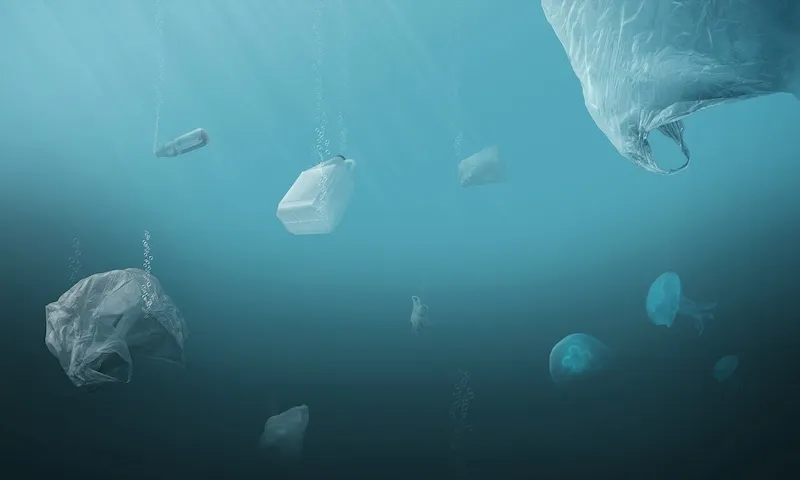DGCCRF reveals that 40% of the controlled industries are not compliant with chemical regulation

40% of the controlled industries are not compliant with the chemical regulations
According to the last reports of the DGCCRF, 40% of the controlled industries are not compliant with chemical regulation. These companies show deficiencies in their communication on the labelling and on the classification of their products, non-compliant safety data sheets (SDS) as well as infringements of the advertising rules related to substances and mixtures.
DGCCRF also report alarming results on the presence of dangerous substances in Europe, which highlights the regulatory transgressions of the industries. Indeed, the goal of REACH consists in improving the regulatory framework of the European Union on chemicals and thus to compel industries to evaluate and manage the risks linked to their chemical products, and to provide information to ensure the safety of their users and consumers.
The results of the controls of sampled products show that 61% of chemical products are not compliant with the regulation
Among the institutions that have been checked, the DGCCRF sampled 268 products from a list of 4200 available references. 61% of the sampled products were declared « non-compliant » and 20 products were reported « non-compliant and dangerous ». The products classified as « non-compliant and dangerous» showed deficiencies in labelling and packaging but also contained substances subject to a restriction. Measures to withdraw these products from the market have been adopted to comply with the regulation. The destruction of some of these products has even been considered.
These results show the non-respect of industries to the CLP « Classification, Labelling, Packaging » regulation. The objective of the CLP regulation (which incidentally results from the Globally Harmonized System) is to define new standards on classification, labelling and packaging of chemical products. This regulation affects manufacturers together with importers of substances and mixtures but also consumers.
According to the investigators, the use of false environmental claims with mentions such as « green », « ecological », « natural » or « organic » results in misleading and confusing consumers. Indeed, the CLP regulation aims at protecting consumers as they are often victims of non-compliance to the rules of publicity of substances and mixtures.
Measures taken by the DGCCRF
In terms of numbers, 274 warnings, 129 injunctions and 23 minutes resulted from the DGCCRF’s controls. Protection of consumers is the main objective of the DGCCRF, hence these coercive measures which are part of a will to keep a constant control over chemical products and their use.
40% of the controlled industries are not compliant with the chemical regulations
According to the last reports of the DGCCRF, 40% of the controlled industries are not compliant with chemical regulation. These companies show deficiencies in their communication on the labelling and on the classification of their products, non-compliant safety data sheets (SDS) as well as infringements of the advertising rules related to substances and mixtures.
DGCCRF also report alarming results on the presence of dangerous substances in Europe, which highlights the regulatory transgressions of the industries. Indeed, the goal of REACH consists in improving the regulatory framework of the European Union on chemicals and thus to compel industries to evaluate and manage the risks linked to their chemical products, and to provide information to ensure the safety of their users and consumers.
The results of the controls of sampled products show that 61% of chemical products are not compliant with the regulation
Among the institutions that have been checked, the DGCCRF sampled 268 products from a list of 4200 available references. 61% of the sampled products were declared « non-compliant » and 20 products were reported « non-compliant and dangerous ». The products classified as « non-compliant and dangerous» showed deficiencies in labelling and packaging but also contained substances subject to a restriction. Measures to withdraw these products from the market have been adopted to comply with the regulation. The destruction of some of these products has even been considered.
These results show the non-respect of industries to the CLP « Classification, Labelling, Packaging » regulation. The objective of the CLP regulation (which incidentally results from the Globally Harmonized System) is to define new standards on classification, labelling and packaging of chemical products. This regulation affects manufacturers together with importers of substances and mixtures but also consumers.
According to the investigators, the use of false environmental claims with mentions such as « green », « ecological », « natural » or « organic » results in misleading and confusing consumers. Indeed, the CLP regulation aims at protecting consumers as they are often victims of non-compliance to the rules of publicity of substances and mixtures.
Measures taken by the DGCCRF
In terms of numbers, 274 warnings, 129 injunctions and 23 minutes resulted from the DGCCRF’s controls. Protection of consumers is the main objective of the DGCCRF, hence these coercive measures which are part of a will to keep a constant control over chemical products and their use.







